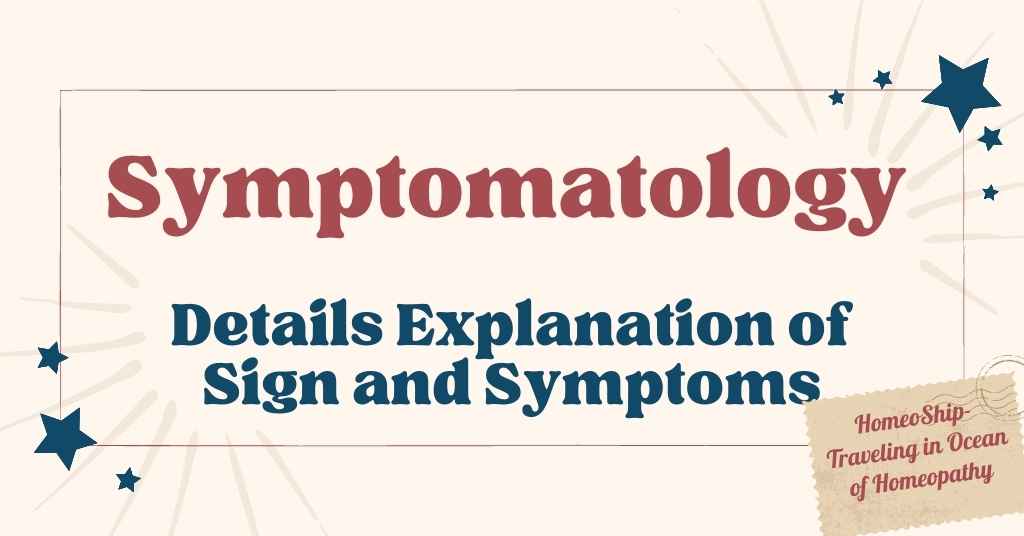Do you really know on what basis homoeopathic medicine is administered and how it is repetition and selection of the dose are done? In the orthodox or any other medical system, a dose is generally the quantity of medicinal substance administered.
But the word ‘dose’ conveys several meanings to a homoeopath. The mode of presentation of medicine, the quantity of the drug substance used and the number of administrations made. Once the selection of remedy is over, the homoeopath thinks of the selection of proper potency. Which potency will bring about the cure? Is it 6th , 12th, 30th , 200th, or 1000th?
Once again the selection of the scale of preparation arises, whether to use the decimal scale, centesimal scale or the 50 millesimal scales. Finally, the question of the form in which the medicine has to be administered has to be answered. Is it in the drops, globules, or pills, or mixed in either sugar of milk or water?
The final yet important is question the repetition of the dose. Whether the medicine has to be given in a single dose or in multiple repetitions? Hahnemann says in aphorism 275, “The suitableness of a medicine for any given case of disease does not depend on its accurate homoeopathic selection alone, but likewise on the proper size, or rather smallness of the dose”.
Hence, starting with the minimum dose possible is the only solution, to start the case safely. J.H. Clarke in his book “Homeopathy explained” says “A homoeopathic dose means the preparation of the remedy used in the first place. In the second place, it means the quantity of that preparation or the forms of that preparation.

Dose means the impact of the drug force, not only drug impact, the form in which drug the drug impact is communicated, but the further question whether it is a single impact or the repeated one”. The minimum dose can be defined as the quantity of the remedy sufficient enough to bring out the curative reaction in the vital force, annihilate the disease and produces a mild homoeopathic aggravation after its administration.
Why Minimum Dose Only?
The perfectly chosen homoeopathic remedy, if given in a “too strong dose” proves injurious because of its magnitude. If repeated frequently, it may lead to killer aggravations in pathologically advanced cases. They put the patient’s life in danger or make the disease almost incurable. Once the homoeopathic medicine is administered in large doses it extinguishes the natural miasmatic disease and the patient no longer suffers from the original disease. But the diseased parts are so sensitive that the powerful dose develops a similar yet more violent medicinal disease in place of the natural disease.
Let’s understand this with the help of an example: Because of some reason, large doses of allopathic medicines against syphilis develop into incurable mercurial maladies. Hence, to achieve a rapid, gentle and permanent cure, it is always wise to administer a simple, single remedy at a time to produce a minimum aggravation and establish the cure.
How to Select a Minimum Dose for a Case?
1. Selection of a minimum dose is “not the work of therapeutic speculation, not by fine-spun reasoning, not by specious sophistry”. But it has to be done only based on pure experimentation, Careful observation of the sensitiveness of the patient, and Accurate experience.
2. Pure experience shows that if the disease is not pathologically advanced, and all the external maintaining causes are kept away from the patient, the well-chosen homoeopathic remedy when administered will bring about a slight homoeopathic aggravation. This shows the minuteness, suitableness and superiority of the medicinal diseases over the weaker miasmatic disease. This has to be considered as the beginning of a cure by the physician.
3. Such a suitable remedial dose has to be continued while gradually ascending its potency every time as long as the patient generally improves. Once the patient feels the return of one or several old original complaints, it indicates the approach of cure. Vital force no longer requires any medicinal aid and only suffers from the so-called homoeopathic aggravation.
4. Once the physician notices such homoeopathic aggravation, he leaves the patient without medicines for a period of eight, ten or fifteen days. If necessary for psychological benefit, only some non-medicinal powders (placebo) can be administered. The aggravation will disappear in a few hours or days. The patient is advised to maintain good hygienic regulations throughout.
5. If traces of previous symptoms persist, it indicates that the original disease still remains. In such conditions, the same indicated remedy can be repeated with renewed high potency.
6. To achieve a cure for chronic diseases, the indicated medicine has to be administered first in small doses and gradually increasing to higher doses. In doing so, caution has to be taken in patients with higher irritability. In such patients, the doses must be increased gradually and very slowly. On the contrary, in patients with less susceptibility, the doses can be increased more rapidly.
In a conclusion, we can say, “the repetition of the doses is inversely proportion to the irritability of the patient. If the irritability is higher the repetition has to be done slowly, if the irritability is low the repetition can be done rapidly.”
7. Recent and undisturbed cases of itch, chancre and even figworts (primary symptoms of psora, syphilis and sycosis respectively) require from their beginning large doses of specific remedies. In these cases, the indicated remedy can be repeated daily, even several times a day. But as a rule, every repetition must be slightly higher than the previous potency, provided these miasms only externally manifest their symptoms, repetition does no harm.
8. Experience teaches that all miasmatic diseases can be treated only by the internal administration of dynamised medicines. But the fig warts, if they have existed for some time without treatment, for their perfect cure require a specific remedy both externally as well as internally (the only exception for the use of the external application in homoeopathy)
9. Advantages of minimum dose: If the selected medicine is not a perfectly homoeopathic one, usage of the minimum dose has the following advantages:
i. The side effects of the medicine administered will be very minimum.
ii. The vital force itself can fight against the medicinal force and get rid of it. iii. The next chosen remedy can be administered immediately in place of the previous one without any problem.
That is how an ideal dose and repetition of the medicine in homoeopathy is done. if you like our post then share it with your homoeopathic friends till then bye and take care!!



